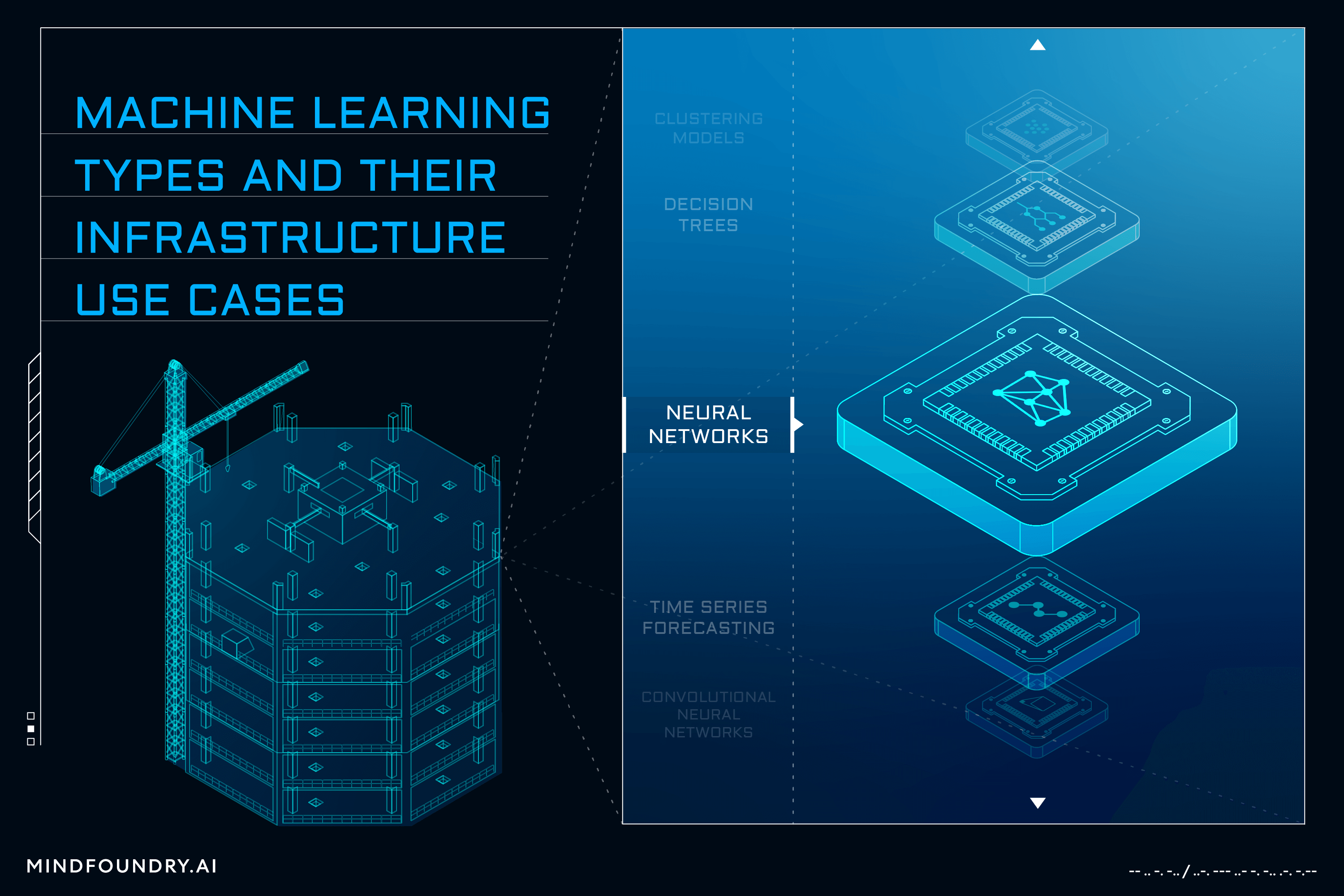Insuring Against AI Risk: An interview with Mike Osborne
When used by malicious actors or without considerations for transparency and responsibility, AI poses significant risks. Mind Foundry is working with...

In the UK alone, insurers detected 72,600 dishonest insurance claims in 2022, valued at £1.1 billion, with motor insurance claims representing 59% of that total. However, that number only shows the fraud that was detected; the true cost of fraud, including fraud that goes undetected or unreported, is likely two to three times that amount. Economic pressures have exacerbated this issue, potentially increasing the number of fraudulent claims and raising premiums for honest claimants worldwide.
The types of fraud insurers see every day go by many names, including:
The techniques for committing fraud are constantly evolving in order to evade the traditional ways of detecting them. These include:
Finally, significant data challenges necessitate advanced solutions that can handle large datasets efficiently and in real-time. Challenges with data include:
Insurers are increasingly using AI to address fraud detection. One example of this is in the work Mind Foundry has done recently with Aioi Nissay Dowa Europe (AND-E) and the Aioi R&D Lab – Oxford.
Greg Cole, UK Claims Director, Aioi Nissay Dowa Europe, describes the problem they were facing. “Originally, we were using a traditional rules-based model to flag and triage potential fraudulent claims. But fraudsters are smart; they're really good at finding new ways to avoid detection, and they're really good at evolving what they do. That caused our model to deteriorate over time, and the lack of explainability meant that we could no longer trust or understand the predictions it was making. So we knew we needed something better. We worked really closely with Mind Foundry to develop an explainable AI solution that was perfect for our unique business requirements and most importantly, would gradually get better and better at learning fraud detection patterns.”
As more insurers utilise AI to improve and automate fraud detection, AI should not be seen as a silver bullet solution that can replace humans. While AI can quickly process large volumes of data and identify patterns indicative of fraud, it may lack the nuanced judgment and contextual understanding human investigators provide. Additionally, there are concerns about transparency and accountability of AI decisions, the potential for bias in algorithms, and the risk of over-reliance on technology, which might overlook subtle or complex cases of fraud that require human intuition or expertise.
“It is impossible to replace the human expert,” says Tadeo Corradi, a Senior Research Software Engineer at Mind Foundry who was actively involved in building AND-E’s unique fraud solution. “It will always be a collaboration between an expert and AI. The tools we build at Mind Foundry help them prioritise the investigation of claims so the expert can investigate that claim more efficiently.”
At the heart of Mind Foundry’s Fraud Investigation solution for AND-E is a powerful, continuously learning predictive model trained on a vast dataset, including over 20 million unstructured documents, handwritten notes, and historical claim data. The model looks at all incoming claims and, at any given point in time, can assign each claim a fraud score based on a set of features jointly developed by AND-E UK’s fraud specialists and Mind Foundry’s data scientists and engineers. Crucially, the model also learns continuously. This lends a critical advantage to counter-fraud efforts because “The behaviour of people trying to commit fraud is ever-changing and ever-adapting to any countermeasures that you apply,” says Corradi. “And therefore, a successful model is one that stays ahead of those changes, or at least it adapts to them quickly.”
How Mind Foundry's fraud solution works
AND-E UK has deployed this predictive model in a live Claims Investigation Dashboard, which their claims team uses to discover and investigate high fraud score claims and carry out a claims similarity search. AND-E's Chief Product Innovation Officer, Phil Norris, says, “Our claims fraud team have really embraced this tool, with a key feature of this dashboard being the explainability of the score.”
Jan Martin, Head of Third Party Claims, says the AI solution is an important addition to his team and helps AND-E keep premiums down for their customers. “Last year, the solution increased automated referrals retained by our fraud department by 800%, meaning that handlers work on much fewer false positive cases. This led to a 120% improvement in overall fraud detection that not only helps us defend our business but also improves the customer journey, with faster claims handling and reduced claims cost. It's also helped us reduce false positives by over 50%, meaning we now work much fewer claims and close them faster. And we reduced the overall claims cost to our business by recording a 4% saving on our capped Third Party indemnity spend, nearly double than the previous year.”
As impressive as those numbers were last year, the results are expected to improve each year because of the unique way the model has been designed and deployed to continuously learn.
Research shows that 91% of Machine Learning models decay after their first year, mainly due to new data. The rapid evolution of fraud techniques exacerbates this decline. Risks of model decay include:
Maintaining Machine Learning models' performance and accuracy is crucial for insurers to effectively manage fraud risks and uphold their operational and financial integrity. As more models move out of the test phase and become a critical part of the operations of mature insurers everywhere, maintaining and governing AI responsibly becomes an increasingly time-consuming and resource-intensive task.
Graph showing how machine learning models decay over time
When AND-E set out to build their fraud detection tool, they knew they would need something that didn’t just perform well on Day One. It needed to maintain, or even exceed that performance, as time went on. They needed something that would automate and reduce some of the most time-consuming aspects of model governance so their team could focus on other challenges.
Greg Cole says, “When you go past pilots and proofs of concept towards actual deployment of AI, in-house data scientists can spend half their time on AI governance, including retraining a model or trying to understand its health and performance. But this solution has simplified all of that for us, meaning we can focus more of our time on building models rather than managing existing ones.”
Cole and his team measure model performance and ROI of their fraud solution against numerous KPIs and business goals. They also use the solution’s powerful Performance Dashboard to benchmark the latest results against simulations of what the same model would have achieved in a static, non-learning deployment. The results have been exciting. In 2023, the model’s ability to continuously learn generated a 52% increase in value creation over a 12-month period and is tracking to maintain an increase in 2024.
The same fundamental technology that powers AND-E’s fraud solution in the UK can create and maintain similar value, even in an environment where completely different techniques for committing fraud are used. One recent example of this occurred in Japan last year when a major scandal emerged involving the improper exaggeration of claims and inflation of repair costs by a group of large car dealerships used by many Japanese underwriters. The scandal inspired a nationwide discussion and highlighted the need for new methods for detecting fraud.
In response, Aioi Nissay Dowa Insurance (ANDI) collaborated with Mind Foundry and the Aioi R&D Lab – Oxford to further develop an award-winning AI technology that could provide this type of solution for all of Japan. At the heart of it is a new, continuously learning predictive fraud model that is trained on 4.2 million pieces of data on repair estimates provided by the insurer. The model powers a Fraud Detection System that looks at actual fraudulent insurance claims and repair costs and then predicts the likelihood of encountering fraud at individual repair shops.
Onsite investigations by human inspectors can then make the final determination about fraudulent activity. The solution’s strength is in the way it gets better over time and in the way it creates powerful human-AI collaborations by bringing AI-generated insights together with human judgements, leading to more accurate detections of previously undetected fraudulent claims. Aioi Nissay Dowa Insurance recently won two awards from the Insurance Asia Awards for the development of this solution.
ANDI General Manager Daisuke Kodama says, “Measures against fraudulent insurance claims are one of the key issues that the entire Property and Casualty (P&C) insurance industry needs to address from the perspective of customer protection and the operation of a healthy and stable insurance system. The recent inappropriate automobile insurance claims made by a major used car sales company have necessitated further strengthening of the damage inspection system for insurance companies.”
Fraudsters around the world are crafty and constantly on the lookout for new opportunities. Insurers wanting to use AI to assist them in their fraud detection capabilities should look for solutions that combine continuously learning AI with human-centric domain expertise and insight. “If there's one thing we know about fraud,” says Oxford Professor and Lab Advisor Michael Osborne, “whether it’s claims fraud in the UK, repairer fraud in Japan, or warranty fraud in Europe, it’s that people don't stand still. This is why it’s essential that our models continue to adapt to the world as it changes.”
You can watch the full video here 👇

When used by malicious actors or without considerations for transparency and responsibility, AI poses significant risks. Mind Foundry is working with...

AI and Machine learning is a complex field with numerous models and varied techniques. Understanding these different types and the problems that each...

While the technical aspects of an AI system are important in Defence and National Security, understanding and addressing AI business considerations...